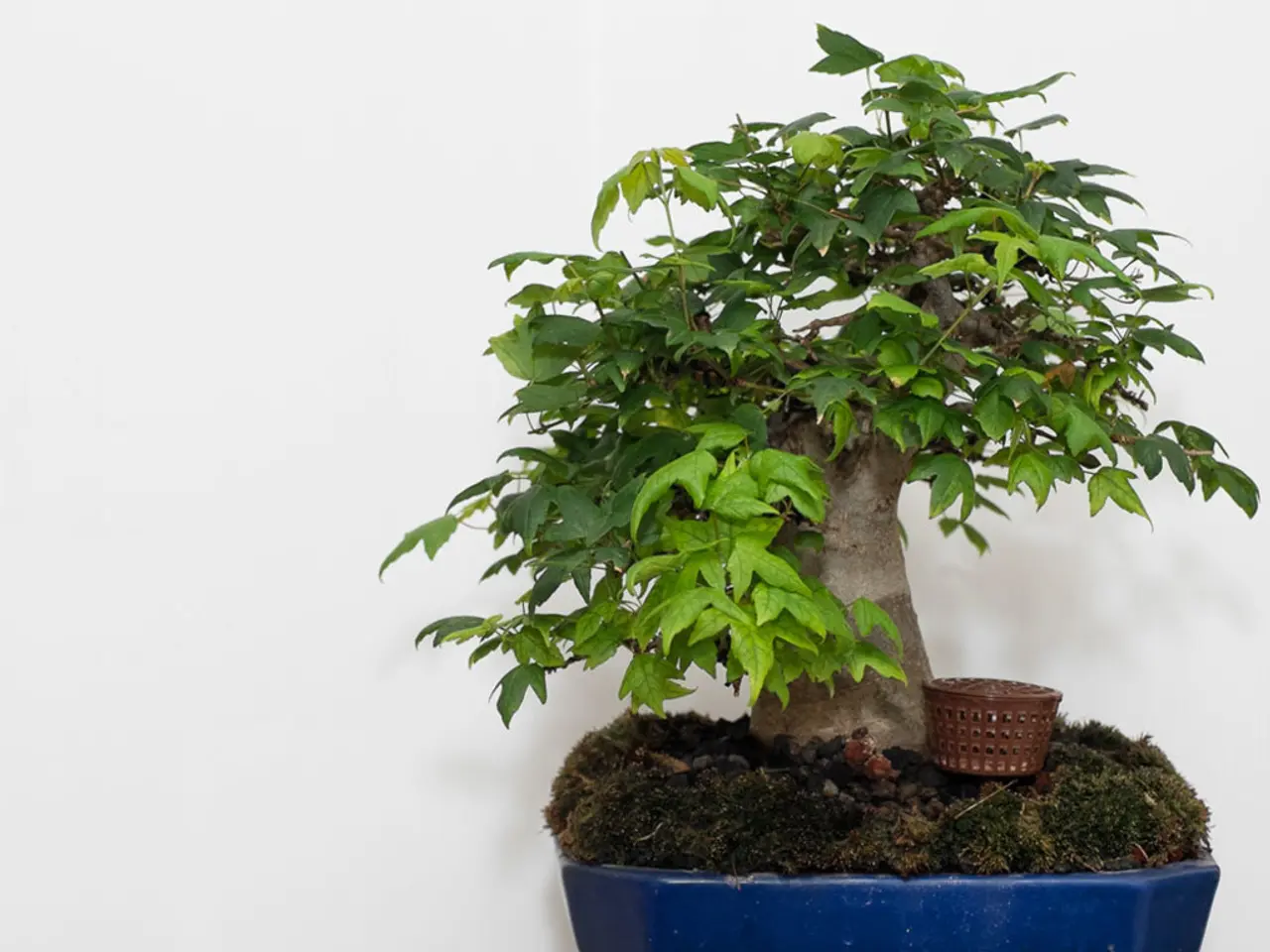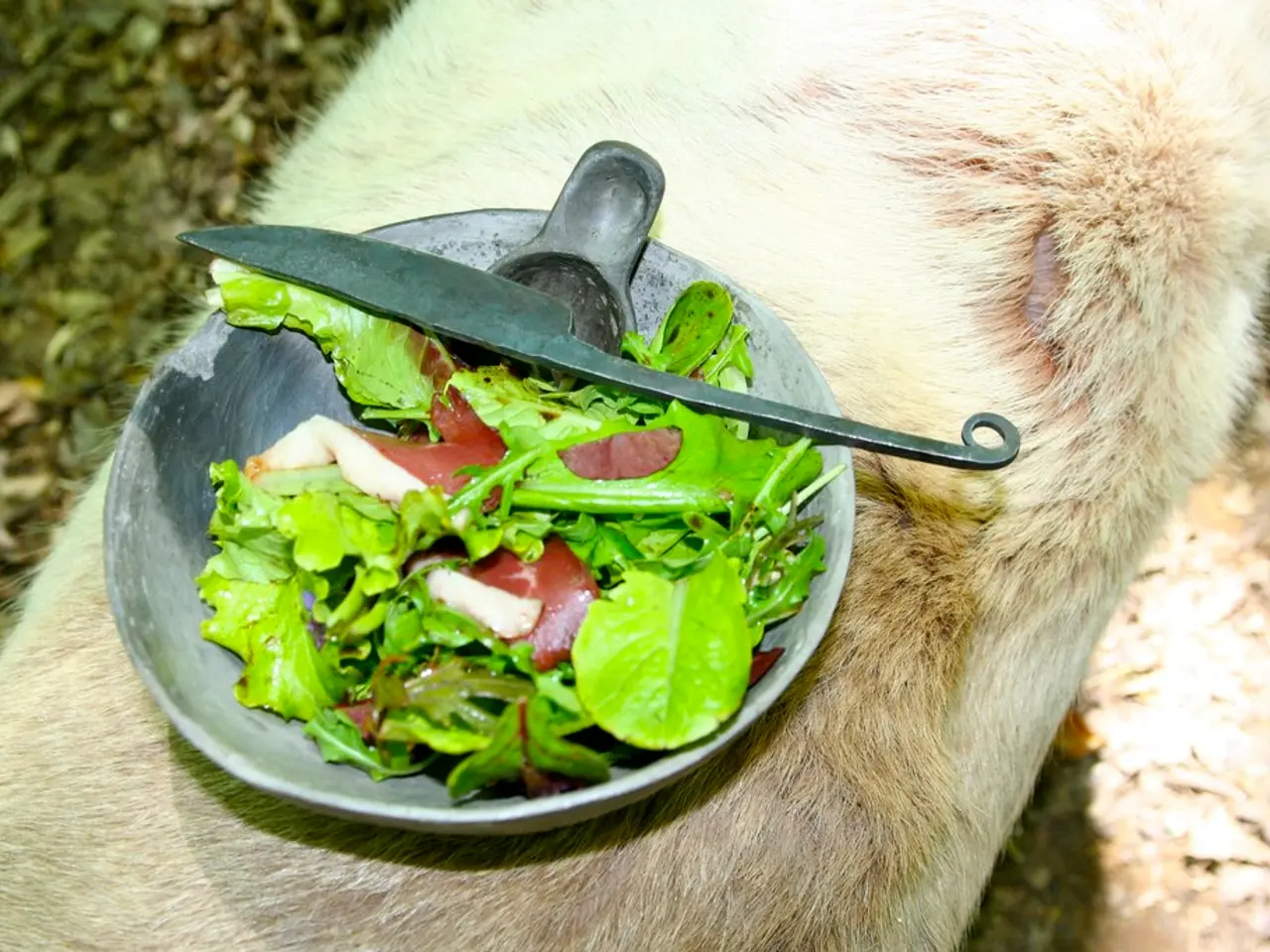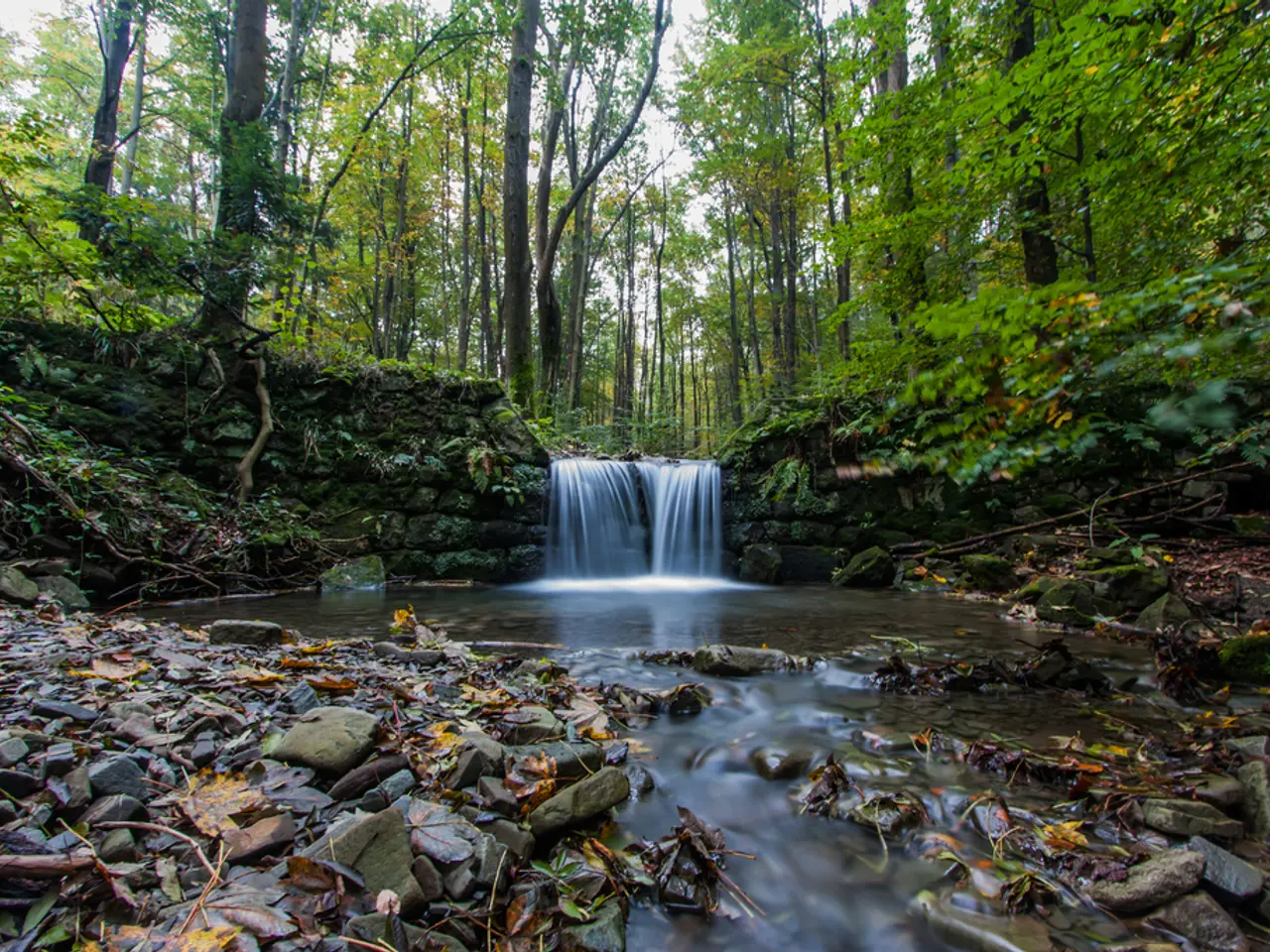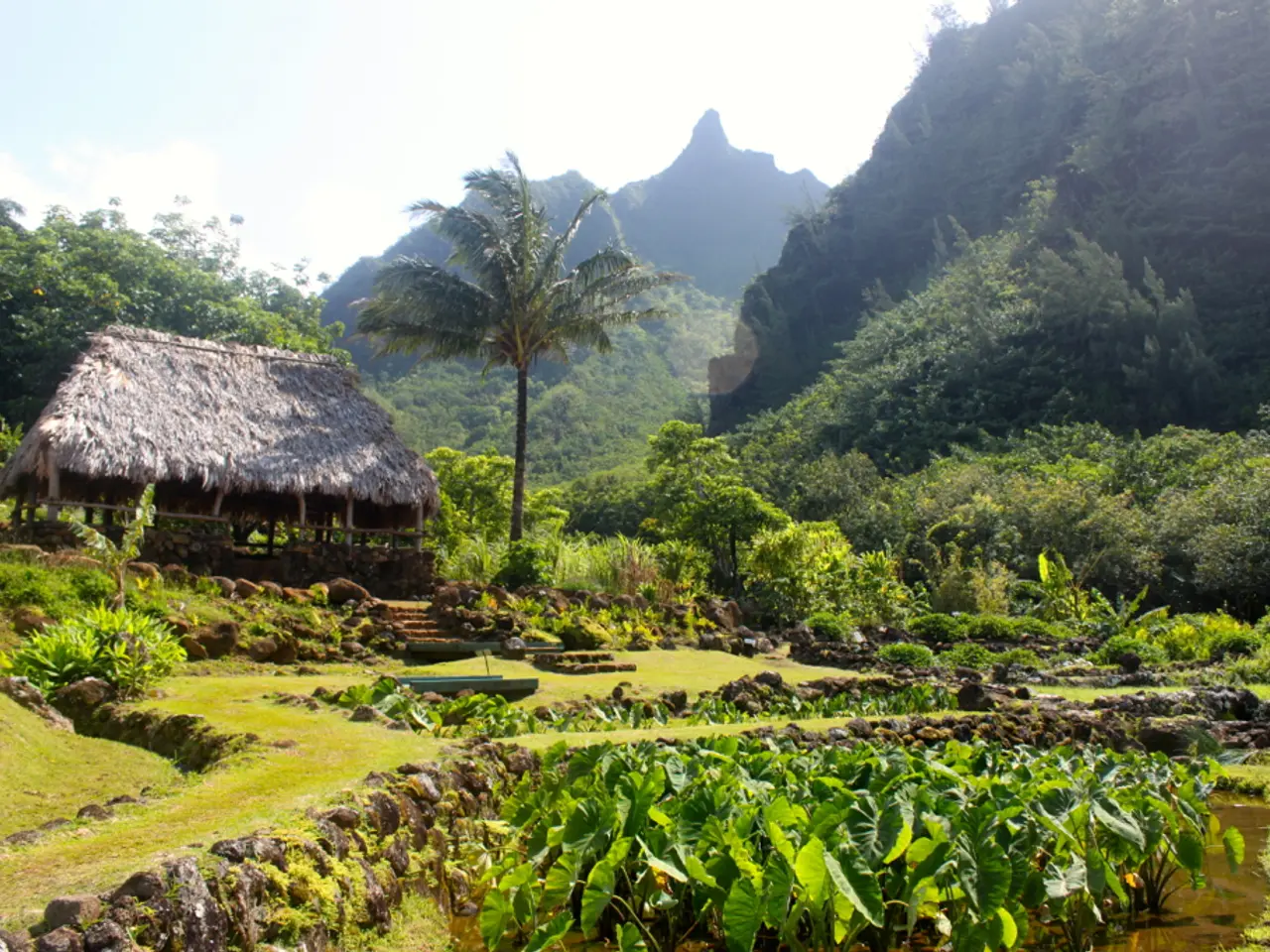Comprehending Fungal and Bacterial Maladies in Bonsai: Knowledge and Protective Measures
================================================================================
Maintaining healthy bonsai trees is the best defence against fungal and bacterial diseases. Here's a guide on how to prevent and treat these diseases effectively.
Preventing Diseases in Bonsai Trees
A healthy bonsai is less susceptible to diseases. To keep your bonsai healthy, follow these practices:
- Well-drained soil: Ensure your bonsai's soil drains well to avoid overly wet conditions that can lead to root rot.
- Proper watering: Avoid prolonged wet and humid conditions around the tree. Water your bonsai just enough to keep the soil slightly moist.
- Avoid overcrowding: Provide adequate air circulation to prevent moisture build-up and reduce the risk of fungal and bacterial diseases.
- Optimal temperature: Maintain an optimal growth temperature of 65-75°F (18-24°C) to reduce fungal growth and promote healthy metabolism.
- Sanitary practices: Wash hands thoroughly before handling bonsai trees and avoid splashing or drenching the foliage to prevent the transfer of pathogens.
Treating Diseases in Bonsai Trees
If diseases occur, follow these strategies:
- Preventive fungicide treatments: Apply fungicides like copper-based products or systemic sprays (e.g., Viricop or Bonide "Infuse") on susceptible trees to control fungal infections.
- Natural fungicides: Use natural fungicides like neem oil, baking soda, or horticultural oils to help control fungal infections. Pruning infected parts and disinfecting tools reduces contamination risks.
- Pruning and removal: Remove infected leaves and prune affected areas to improve air circulation and reduce disease spread.
- Aftercare: After repotting, provide good aftercare by placing bonsai in cool, protected locations and maintaining moist (not wet) conditions with light sprays on foliage.
Treatment Strategies
- Fungal infections: For fungal infections like anthracnose, use fungicides like copper-based products or systemic sprays. For powdery mildew and other surface fungi, consider sprays with baking soda plus non-detergent soap mixtures, horticultural oils, or even mouthwash solutions.
- Bacterial infections: Prevention is key for bacterial diseases like bacterial soft rot. Correct watering that avoids waterlogged soil and checking moisture before watering can help prevent bacterial diseases.
- Homemade remedies: When in doubt, it's best not to use homemade remedies for bacterial infections in bonsai, as they can do more harm than good.
- Sterilizing tools: Sterilize pruning tools and equipment with a 10% bleach solution after each use to eliminate lingering pathogens.
Early Detection
Early detection of fungal and bacterial diseases in bonsai trees hinges on the enthusiast's ability to recognize subtle changes in their tree's appearance and behaviour. A keen eye for detail is essential for detecting potential issues before they escalate into full-blown infections.
Environmental Impact
Avoid using pesticides, as they can harm both the bonsai and the environment. Potentially contaminating soil, air, and water, and disrupting the delicate ecosystem should be avoided.
In Summary
Consistent watering, good air circulation, preventive fungicide treatments on susceptible trees, hygiene in pruning, and quick removal of infected plant parts are key to managing fungal and bacterial diseases in bonsai trees. By adopting these practices, you can keep your bonsai healthy and thriving.
Science plays a crucial role in understanding medical-conditions that affect bonsai trees, helping us develop effective health-and-wellness practices for preventing and treating diseases. For instance, fungal infections like anthracnose can be treated with fungicides such as copper-based products or systemic sprays, while proper pruning, adequate air circulation, and hygienic sanitary practices can help prevent their occurrence in the first place.




